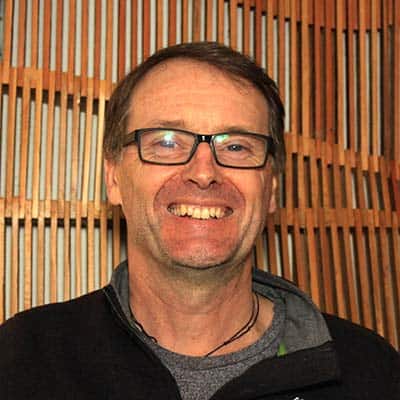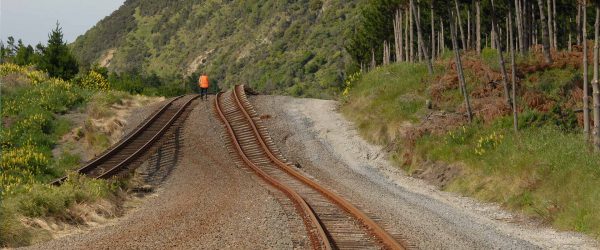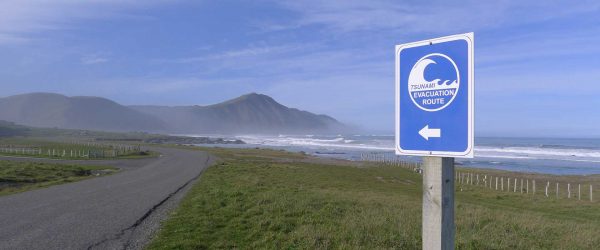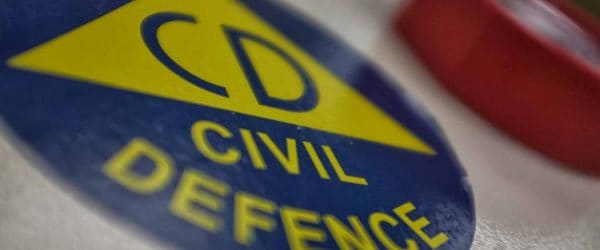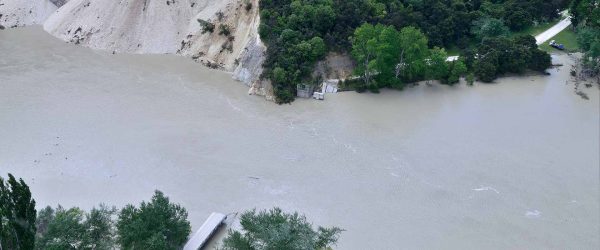Earthquake & Tsunami
Ngā Rū me ngā Tai Āniwhaniwha
Vision
Innovative earthquake science to make Aotearoa New Zealand’s economy, infrastructure and communities more resilient to earthquakes and the hazards they cause.
Programme description
The risk posed to Aotearoa New Zealand’s prosperity and people by earthquakes and their consequences has been clearly demonstrated by research and observations of the 2010-11 Canterbury and 2016 Kaikōura earthquakes. Our national resilience to earthquakes can be improved with reliable earthquake and tsunami hazard models, and more detailed understanding of earthquakes and the hazards they cause, including ground shaking, tsunami and landslides.
We aim to give decision-makers and planners the insights they need to effectively mitigate the risk of earthquakes and the primary (strong ground shaking) and secondary (tsunami, landslides) hazards they cause.
To achieve this, we worked closely with stakeholders and partners in central and local government to:
- Create computer models of the earthquake process specific to Aotearoa New Zealand and test those models against earthquakes we see in nature. This results in catalogues of synthetic earthquakes that helps us overcome the challenges posed by the short window of real earthquake observations we have.
- Use these catalogues to improve our understanding of likely impacts from earthquakes including strong ground shaking, tsunamis and landslides.
- Test the usefulness of available earthquake and tsunami early warning technologies, and make recommendations for suitable warning systems for Aotearoa New Zealand. Refined estimates of the likelihood of large earthquakes and the hazards they cause will improve Aotearoa New Zealand’s resilience by helping decision-makers, businesses and communities plan and take mitigation actions.
Wawata
Kia auaha te pūtaiao mō ngā rū kia manawaroa ake ai te ōhanga, te tūāhanga me ngā hapori ki ngā rū me ōna mōreareatanga.
Whakaahuatanga papatono
Kua āta whakaatuhia e ngā rangahau me ngā tirohanga o ngā rū i Ōtautahi i ngā tau 2010-11, i Kaikōura hoki i te tau 2016 i ngā tūraru me ngā hua o ngā rū ka pā ki te tōnuitanga me ngā tāngata o Aotearoa. Ka taea te whakapai ake i tō mātou manawaroa ki ngā rū mā ngā tauira horopū mō ngā mōrearea rū, tai āniwhaniwha hoki, me te mārama āmiki ki ngā rū me ōna mōreareatanga, tae atu ki te rū o te whenua, te tai āniwhaniwha me te horowhenua.
E whai ana mātou ki te tuku māramatanga ki ngā kaiwhakatau me ngā kaiwhakamahere e pai ai te whakamauru i te tūraru o ngā rū me ōna mōrearea matua (te kaha rū o te whenua), mōrearea mātāmuri hoki (tai āniwhaniwha, horowhenua).
Hei whakatutuki i tēnei, kei te mahi tahi mātou ki te hunga whaipānga me ngā hoa rangapū i te kāwanatanga ā-motu, ā-rohe hoki ki te:
- Waihanga i ētahi tauira rorohiko o te tukanga rū motuhake ki Aotearoa, ka whakamātauhia aua tauira ki ngā rū ka kitea i te taiao. Ko te hua o tēnei ko ngā rārangi rū horihori hei āwhina i a mātou ki te tūraki i ngā uauatanga ka puta i te iti noa o ā mātou tirohanga ki ngā rū tūturu.
- Whakamahi i ēnei rārangi kia mārama ake mātou ki ngā pāpātanga ka puta pea i ngā rū, tae atu ki te kaha o te rū o te whenua, ngā tai āniwhaniwha me ngā horowhenua.
- Whakamātau i te pai o ngā hangarau whakatūpato tōmua e wātea ana, ka tuku tūtohunga hoki mō ngā pūnaha whakatūpato e tika ana mō Aotearoa. Mā ngā whakatau tata pakari mō te tūponotanga ka puta tētahi rū nui me ōna mōrearea e whakapai ake ai i te manawaroa o Aotearoa mā te āwhina i ngā kaiwhakatau, ngā pakihi me ngā hapori ki te whakamahere, ki te whai hoki i ngā whakaritenga whakamauru.
Questions we’re answering
Research Team
Co-Funding Partners
Earthquake & Tsunami
Latest Resource Outputs
Performance analysis of P-wave detection algorithms for a community-engaged earthquake early warning system – a case study of the 2022 M5.8 Cook Strait earthquake
Which algorithm is best for detecting P-waves generated by earthquakes and generating earthquake early warnings?
Physics to Resilience: Next Generation Earthquake and Tsunami Response.
An update on the development and evaluation of the usefulness of earthquake models for application to some of Aotearoa New Zealand's biggest earthquake challenges.
Probabilistic Assessment of Tsunami Hazards in New Zealand.
An alternative approach to the estimation of tsunami hazard from local tsunami sources based on generating synthetic catalogues using a physics-based earthquake simulator.
The role of frictional heterogeneities in the earthquake cycle.
Introducing heterogeneity to the distribution of the frictional stresses to obtain more realistic and less characteristic synthetic earthquake catalogues for hazard assessment.
Impact of variable fault geometries and slip rates on earthquake catalogues from physics-based simulators for the Cape Egmont Fault, New Zealand.
Using an exceptionally well-defined 3D geometry of an active normal fault to test the impact of detailed input data on synthetic seismicity simulations.
A Novel Method to Determine Probabilistic Tsunami Hazard using a Physics-based Synthetic Earthquake Catalog: a New Zealand Case Study
For the first time, this study uses a physics-based synthetic earthquake catalogue to assess probabilistic tsunami hazard in a local region.

